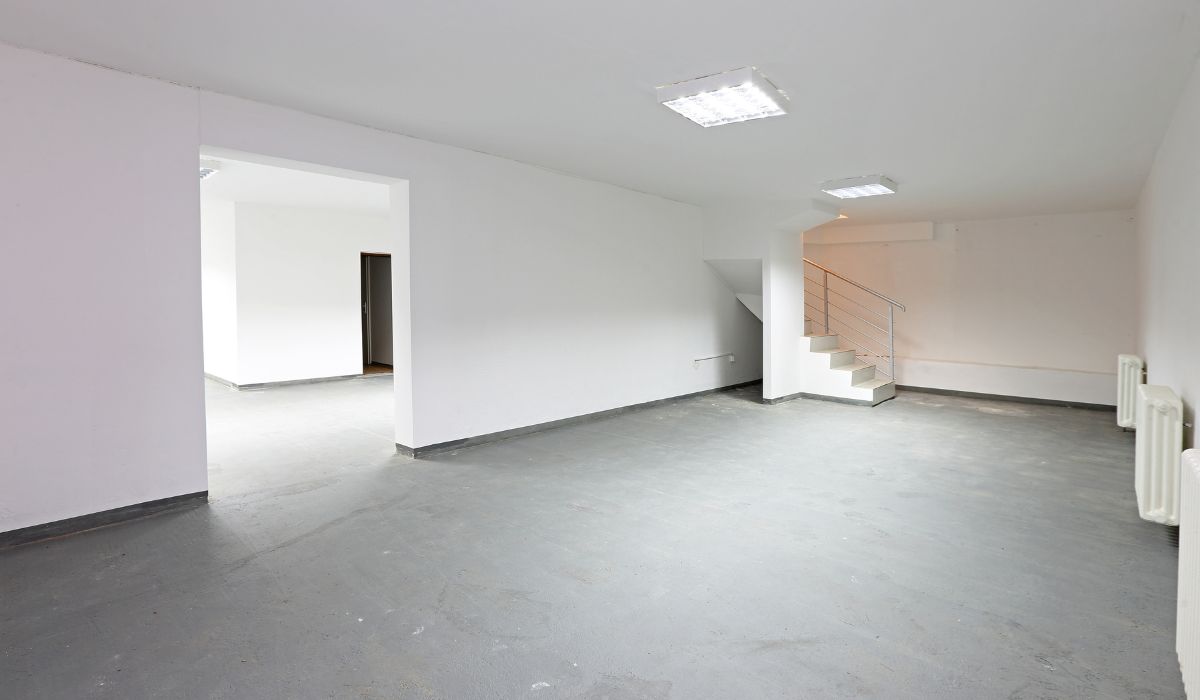

Articles
How To Clean Your Basement
Modified: October 27, 2024
Discover effective and efficient ways to clean your basement with these informative articles. Find expert tips and insights to help you get a clean and organized space.
(Many of the links in this article redirect to a specific reviewed product. Your purchase of these products through affiliate links helps to generate commission for Storables.com, at no extra cost. Learn more)
Introduction
Welcome to our comprehensive guide on how to clean your basement. If you’re like most homeowners, the basement is often a neglected and underutilized space in the house. It’s a common dumping ground for clutter, old furniture, and forgotten belongings. However, with a little bit of time and effort, you can transform your basement into a clean and organized area that adds value to your home.
Why is it important to clean your basement, you may ask? Well, a clean and well-maintained basement not only improves the overall aesthetics of your home but also provides a healthier and safer environment. Basements tend to accumulate dust, mold, and mildew, which can be a breeding ground for allergies and respiratory issues. Additionally, a clean basement allows for better storage and utilization of space.
In this step-by-step guide, we will walk you through the process of cleaning your basement from top to bottom. We’ll cover everything from removing clutter to addressing moisture issues and organizing storage areas. So, let’s roll up our sleeves and get ready to give your basement the deep cleaning it deserves.
Before we dive into the cleaning process, it’s important to note that depending on the size and condition of your basement, the time and effort required may vary. Be prepared to devote a significant amount of time to this project, especially if your basement has been neglected for a while.
Now that you understand the significance of cleaning your basement and the commitment it requires, let’s move on to Step 1: Remove clutter. This initial step will help us create a clean canvas to work with and make the cleaning process much easier.
Key Takeaways:
- Transform your neglected basement into a clean, organized, and functional space by following our step-by-step guide. From decluttering to deep cleaning, create a healthier and more inviting environment for your home.
- Establish a regular maintenance routine to keep your basement clean and problem-free. Stay vigilant about moisture, practice good ventilation, and consistently declutter to enjoy a fresh and inviting space for years to come.
Read more: How To Heat Your Basement
Step 1: Remove Clutter
The first and most crucial step in cleaning your basement is to remove all the clutter. Basements tend to accumulate a lot of random items over time, from old furniture and appliances to boxes of forgotten belongings. Clearing out the clutter will not only make the cleaning process easier but also help you create a more organized and functional space.
Here are some tips to effectively remove clutter from your basement:
- Sort and categorize: Start by sorting through the items in your basement and categorizing them into different groups. Create piles for things you want to keep, donate, sell, or discard. This will help you make decisions and create manageable tasks.
- Be ruthless: Don’t be afraid to let go of items that you no longer need or have sentimental value. Holding onto unnecessary items will only contribute to clutter and make it harder to maintain a clean basement.
- Utilize storage solutions: Invest in storage bins, shelves, or cabinets to store and organize the items you decide to keep. Proper storage solutions will help you maximize the use of space and keep things tidy.
- Set realistic goals: Cleaning a basement can be an overwhelming task, especially if you’ve let it accumulate clutter for years. Break down the process into smaller, manageable goals. Set a timeframe for each goal to keep yourself motivated and on track.
- Ask for help: If the clutter in your basement feels too overwhelming to handle alone, don’t hesitate to ask for assistance. Recruit friends or family members to help you sort through the items and make cleaning a fun and collaborative process.
Remember, the key to successfully removing clutter from your basement is to stay focused, make deliberate decisions, and remain committed to creating a clean and organized space. Once you’ve cleared out the clutter, you’ll be ready to move on to the next step in our basement cleaning guide.
Step 2: Dust and Sweep the Floor
Now that you’ve tackled the clutter, it’s time to give your basement floor a thorough cleaning. Basements tend to accumulate dust, dirt, and debris, so it’s essential to remove all the loose particles before moving on to deeper cleaning tasks.
Here’s how you can effectively dust and sweep your basement floor:
- Gather your cleaning supplies: Before you begin, gather the necessary cleaning supplies such as a broom, dustpan, vacuum cleaner with attachments, dust mop, and microfiber cloths.
- Sweep the floor: Start by sweeping the entire basement floor to remove loose dirt and debris. Use a broom or a dust mop to collect the dirt into a pile. Make sure to sweep along the edges and corners, where dust tends to accumulate.
- Use a vacuum cleaner: After sweeping, use a vacuum cleaner with attachments to remove any remaining dust and smaller particles. Pay special attention to cracks, crevices, and corners. Use the crevice tool to reach difficult-to-access areas.
- Clean the baseboards: Take a damp microfiber cloth and wipe down the baseboards around the perimeter of the basement. Dust and dirt often accumulate along the baseboards, so giving them a wipe will add a finishing touch to your floor cleaning.
- Consider mopping: Depending on the type of flooring in your basement, you may want to mop the floor for a deeper clean. If your basement has a tiled or concrete floor, fill a bucket with warm water and a mild cleaning solution. Dip a mop into the solution, wring it out, and mop the floor in a back-and-forth motion.
Remember to allow the floor to dry completely before moving on to the next step. This will prevent any water damage and ensure a clean and polished finish.
Dusting and sweeping the floor may seem like a simple task, but it’s an important step in maintaining a clean and healthy basement. By removing loose dirt and debris, you lay the foundation for a more thorough cleaning process. With the floor primed and ready, you’re now prepared to move on to Step 3: Scrub the Walls and Surfaces.
Step 3: Scrub the Walls and Surfaces
Now that the floor is clean, it’s time to turn our attention to the walls and surfaces of your basement. Over time, walls can accumulate dust, cobwebs, and even stains. By giving them a thorough scrub, you can restore their appearance and create a fresh and inviting space.
Follow these steps to effectively clean the walls and surfaces of your basement:
- Prepare your cleaning solution: Mix a mild cleaning solution using warm water and a gentle detergent. Avoid using harsh chemicals or acidic cleaners, as they may damage the walls or surfaces.
- Start from the top: Begin by dusting the walls and ceiling to remove any cobwebs or loose dirt. You can use a long-handled broom or a microfiber dusting cloth for this task. Work your way from top to bottom to ensure that any dirt or dust falls onto the lower sections of the wall.
- Scrub the walls: Using a soft sponge or a microfiber cloth, dip it into the cleaning solution and gently scrub the walls. Start with a small section at a time, applying light pressure in circular motions. Pay extra attention to areas that may have stains or grime build-up.
- Address stubborn stains: If you encounter stubborn stains on the walls, you may need to use a more concentrated cleaning solution or try a specialized stain remover. Follow the manufacturer’s instructions and test the product in an inconspicuous area first.
- Clean vents and light fixtures: Don’t forget to clean the vents and light fixtures in your basement. Dust and dirt can accumulate in these areas, affecting air circulation and lighting. Use a damp cloth or a soft brush to gently clean them.
- Wipe down surfaces: Besides the walls, take the time to wipe down other surfaces such as countertops, shelves, and furniture. Use the same cleaning solution and a clean cloth to remove dust and grime.
Once you’ve finished scrubbing the walls and surfaces, take a step back and admire the transformation. Your basement will already look cleaner and brighter. But we’re not done yet! In the next step, we’ll focus on cleaning the windows and ventilation to improve air quality and natural light. So let’s move on to Step 4: Clean the Windows and Ventilation.
Step 4: Clean the Windows and Ventilation
Windows and ventilation are often overlooked when it comes to basement cleaning. However, these areas play a crucial role in maintaining a fresh and well-ventilated space. Cleaning windows not only improves natural light but also enhances the overall aesthetics of your basement. Additionally, ensuring proper ventilation helps prevent musty odors and mold growth.
Follow these steps to effectively clean the windows and ventilation in your basement:
- Gather your cleaning supplies: Before you begin, gather the necessary cleaning supplies such as glass cleaner, a microfiber cloth, a squeegee, a vacuum cleaner with attachments, and a duster.
- Dust and vacuum: Start by dusting the windowsills, frames, and blinds using a duster or a microfiber cloth. Remove any loose dirt or debris. Next, use a vacuum cleaner with a brush attachment to remove dust and cobwebs from the window sashes and tracks.
- Clean the glass: Prepare a solution of glass cleaner and warm water. Spray the solution onto the glass surface and use a microfiber cloth to wipe it in a circular motion. Make sure to clean both the interior and exterior surfaces of the windows.
- Use a squeegee: For a streak-free finish, consider using a squeegee to remove excess moisture and cleaner from the glass. Start at the top corner of the window and pull the squeegee down in a straight line. Wipe the blade of the squeegee between each stroke to prevent streaks.
- Check and clean ventilation: Inspect your basement’s ventilation system, including air vents, filters, and exhaust fans. Remove any dust or debris using a damp cloth or a vacuum cleaner with a brush attachment. If necessary, replace or clean air filters to ensure optimal airflow.
- Consider adding window treatments: To add privacy and style to your basement, consider adding window treatments such as blinds, curtains, or shades. These not only enhance the aesthetics but also allow you to control natural light and temperature.
By cleaning the windows and ensuring proper ventilation, you’re enhancing the overall cleanliness and comfort of your basement. Clean windows allow more natural light to enter, brightening up space, while well-maintained ventilation keeps the air fresh and circulating. Now that your windows and ventilation are sparkling clean, it’s time to address any moisture or mold issues in Step 5: Address Any Moisture or Mold Issues.
To clean your basement effectively, start by decluttering and organizing items into keep, donate, and discard piles. Then, sweep and mop the floors, dust surfaces, and consider using a dehumidifier to prevent mold and mildew.
Read more: How To Decorate Your Basement
Step 5: Address Any Moisture or Mold Issues
Moisture and mold are common problems in basements, given their location below ground level. It’s crucial to address these issues to prevent further damage to your basement and maintain a healthy living environment. Moisture can lead to mold growth, which can cause respiratory issues and damage to your belongings. By taking proactive steps to address moisture and mold, you can ensure a clean and safe basement.
Follow these steps to address any moisture or mold issues in your basement:
- Inspect for signs of moisture: Look for visible signs of moisture, such as damp spots, water stains, or condensation on walls or surfaces. Pay attention to musty odors, which can indicate hidden moisture or mold growth.
- Identify the source of moisture: Determine the source of moisture in your basement. It could be due to leaks or cracks in the foundation, poor drainage, high humidity levels, or plumbing issues. Addressing the root cause is crucial to prevent recurring moisture problems.
- Fix any leaks or cracks: If you identify any leaks or cracks in your basement’s foundation, walls, or windows, it’s essential to repair them. Seal any gaps, patch up cracks, and consider waterproofing measures to prevent water infiltration.
- Improve ventilation: Proper ventilation is essential for reducing humidity levels in your basement. Ensure that your basement has adequate airflow by opening windows, using fans or dehumidifiers, and clearing any obstructions around vents or air ducts.
- Remove mold safely: If you spot mold growth in your basement, it’s crucial to address it promptly and safely. Wear protective gear, such as gloves and a mask, and use a mildew cleaner or a mixture of bleach and water to clean affected areas. Properly dispose of any materials or items that are extensively damaged by mold.
- Consider professional help: If your moisture or mold issues are extensive or persistent, it may be necessary to seek professional assistance. A certified mold remediation expert can assess the severity of the problem and provide appropriate solutions.
Addressing moisture and mold issues is crucial to ensuring a clean and healthy basement. By identifying and fixing the source of moisture and taking preventative measures, you can protect your basement from further damage and create a safer living environment. With moisture and mold addressed, it’s time to move on to Step 6: Organize and Declutter Storage Areas.
Step 6: Organize and Declutter Storage Areas
Now that the cleaning process is well underway, it’s time to focus on organizing and decluttering the storage areas in your basement. Storage spaces can easily become disorganized and chaotic, making it difficult to find and access items when needed. By organizing and decluttering these areas, you’ll not only create a more efficient storage system but also maximize the available space in your basement.
Follow these steps to effectively organize and declutter the storage areas in your basement:
- Sort and categorize: Begin by sorting through the items in your storage areas. Categorize them into groups based on their type or function. This will help you assess what you have and determine how best to organize it.
- Purge unnecessary items: Be ruthless when decluttering your storage areas. Donate, sell, or dispose of items that you no longer need or use. This will help you create more space and make it easier to access the things you truly need.
- Invest in storage solutions: Consider investing in storage solutions such as bins, shelves, or cabinets. These will help you optimize the use of vertical space and keep your belongings neatly organized. Label the storage containers for easy identification.
- Create designated zones: Assign specific areas for different categories of items. For example, designate a zone for holiday decorations, another for sporting equipment, and another for tools. This will make it easier to locate items when needed.
- Utilize shelving and hooks: Install shelves and hooks on the walls to create additional storage space. This can be used to hang tools, garden equipment, or even bicycles. Utilizing vertical space will free up floor space and create a more organized look.
- Arrange items strategically: When organizing items on shelves or in cabinets, consider their frequency of use. Place frequently used items within easy reach and store less frequently used items higher up or towards the back of shelves.
By organizing and decluttering your storage areas, you’ll create a more functional and efficient basement. You’ll be able to locate items easily, reduce clutter, and maximize the available space. With your storage areas now organized, it’s time to move on to Step 7: Deep Clean Carpets or Flooring.
Step 7: Deep Clean Carpets or Flooring
Now that you’ve taken care of the clutter and organized the storage areas, it’s time to give your basement carpets or flooring a deep clean. Over time, carpets can accumulate dirt, stains, and odors, while hard flooring surfaces may require a thorough cleaning to remove ingrained dirt and grime. Deep cleaning your carpets or flooring will not only improve their appearance but also contribute to a cleaner and fresher basement overall.
Follow these steps to effectively deep clean your basement carpets or flooring:
- Assess the type of flooring: Determine the type of flooring in your basement, whether it’s carpet, vinyl, tile, or concrete. Different types of flooring may require different cleaning methods and products.
- Pre-treat stains: If there are any visible stains on your carpets, pretreat them with a stain remover or a mixture of dish soap and water. Allow the cleaner to sit on the stain for a few minutes before proceeding.
- Vacuum or sweep: Start by removing loose dirt and debris from the floor. Vacuum carpets thoroughly or sweep hard flooring surfaces to get rid of any loose particles. Pay attention to the corners and edges of the room.
- Deep clean carpets: If you have carpeted flooring, you can use a carpet cleaner or a steam cleaner to deep clean the carpets. Follow the manufacturer’s instructions and move the cleaner in overlapping passes to ensure thorough cleaning. Be sure to allow the carpets to dry completely before walking on them.
- Clean hard flooring surfaces: For non-carpeted flooring, you can mop tile or vinyl floors with a mild floor cleaner and warm water. Use a mop or a microfiber cloth to clean the surface, paying attention to any stubborn stains or grime. For concrete floors, you may need to use a specialized cleaner or hire a professional for more intensive cleaning or sealing.
- Consider professional services: If your carpets or flooring are heavily stained or require specialized cleaning, it may be worth considering professional carpet or floor cleaning services. Professionals have the expertise and equipment to tackle tough stains and restore the beauty of your floors.
Deep cleaning your basement carpets or flooring will leave your space looking and feeling refreshed. Clean carpets and flooring contribute to a healthier environment and add to the overall cleanliness of your basement. With your carpets or flooring now deep cleaned, it’s time to move on to the final step: Step 8: Maintain Cleanliness and Prevent Future Issues.
Step 8: Maintain Cleanliness and Prevent Future Issues
Congratulations! You’ve invested time and effort into cleaning your basement and creating a fresh and organized space. To ensure that your hard work pays off in the long run, it’s important to establish a maintenance routine and take preventive measures to keep your basement clean and problem-free.
Follow these steps to maintain cleanliness and prevent future issues in your basement:
- Regular cleaning schedule: Establish a regular cleaning schedule for your basement. Determine how frequently you will sweep or vacuum the floors, dust surfaces, and clean windows. Consistency is key to maintaining a clean and healthy environment.
- Keep clutter at bay: Avoid letting clutter build up in your basement again. Make a habit of decluttering regularly by donating or discarding items that are no longer needed. Assign a designated spot for each item to ensure that everything has a place.
- Monitor moisture levels: Keep an eye on the moisture levels in your basement. Use a dehumidifier if necessary to control humidity and prevent mold growth. Repair any leaks or plumbing issues promptly to avoid water damage.
- Practice good ventilation: Ensure that your basement has proper airflow and ventilation. Open windows occasionally to let in fresh air, especially during warmer months. Use fans or ceiling vents to improve air circulation and prevent stagnant air.
- Regularly inspect for signs of issues: Periodically inspect your basement for any signs of moisture, mold, or water damage. Check for leaks, cracks, or musty odors. Catching problems early on allows for prompt action and prevents them from escalating.
- Protect your floors: Use doormats at the entrances to your basement to prevent dirt and debris from being tracked in. Consider using rugs or carpet runners to protect high-traffic areas and decrease the wear and tear on your flooring.
- Properly store and maintain items: Ensure that items stored in your basement are properly packed and organized. Use sealed containers to protect belongings from dust and moisture. Regularly check and maintain stored items to prevent any issues.
- Seek professional help when needed: If you encounter major issues such as extensive mold growth, severe water damage, or structural problems, don’t hesitate to seek professional assistance. Professionals can provide expert advice and solutions to address the issues effectively.
By following these maintenance steps and taking preventive measures, you’ll be able to enjoy a clean and problem-free basement for years to come. Remember that regular upkeep and attention to detail are essential for maintaining cleanliness and preventing future issues. Congratulations on successfully cleaning and maintaining your basement!
With that, we conclude our comprehensive guide on how to clean your basement. We hope that you found this guide helpful and that it has equipped you with the knowledge and motivation to tackle your basement cleaning project. Remember, a clean and organized basement not only enhances the aesthetics of your home but also provides a healthier and more functional space for you and your family to enjoy.
Read more: How To Clean An Unfinished Basement
Conclusion
Cleaning your basement may seem like a daunting task, but with the right approach and a little bit of effort, you can transform it into a clean and inviting space. Throughout this comprehensive guide, we’ve provided you with step-by-step instructions on how to clean your basement effectively and efficiently.
We started by removing clutter, creating a clean canvas to work with. Then, we dusted and swept the floors, ensuring a fresh foundation for deeper cleaning. We scrubbed the walls and surfaces, restoring their appearance and removing dirt and grime. Cleaning the windows and ventilation improved air quality and natural light in the space.
We addressed moisture and mold issues, crucial steps to prevent further damage and create a healthier basement environment. We organized and decluttered storage areas, optimizing space and making it easier to locate and access items. Deep cleaning carpets or flooring refreshed the look and feel of the basement.
Finally, we discussed the importance of maintaining cleanliness and preventing future issues. Establishing a regular cleaning schedule, staying vigilant about moisture levels, practicing good ventilation, and consistently decluttering are all key aspects of maintaining a clean basement. By following these steps and taking preventive measures, you can enjoy a clean and problem-free basement for years to come.
We understand that cleaning a basement can be a time-consuming and challenging task, but the benefits are worth every effort. A clean and organized basement not only enhances the overall aesthetics of your home but also provides valuable extra space and contributes to a healthier living environment.
So, what are you waiting for? Take the knowledge and tips you’ve gained from this guide and start transforming your basement into a clean and functional space that you can be proud of.
Good luck with your basement cleaning journey! Remember, a little bit of hard work now will result in a clean, organized, and enjoyable space that you and your family can enjoy for years to come.
Frequently Asked Questions about How To Clean Your Basement
Was this page helpful?
At Storables.com, we guarantee accurate and reliable information. Our content, validated by Expert Board Contributors, is crafted following stringent Editorial Policies. We're committed to providing you with well-researched, expert-backed insights for all your informational needs.
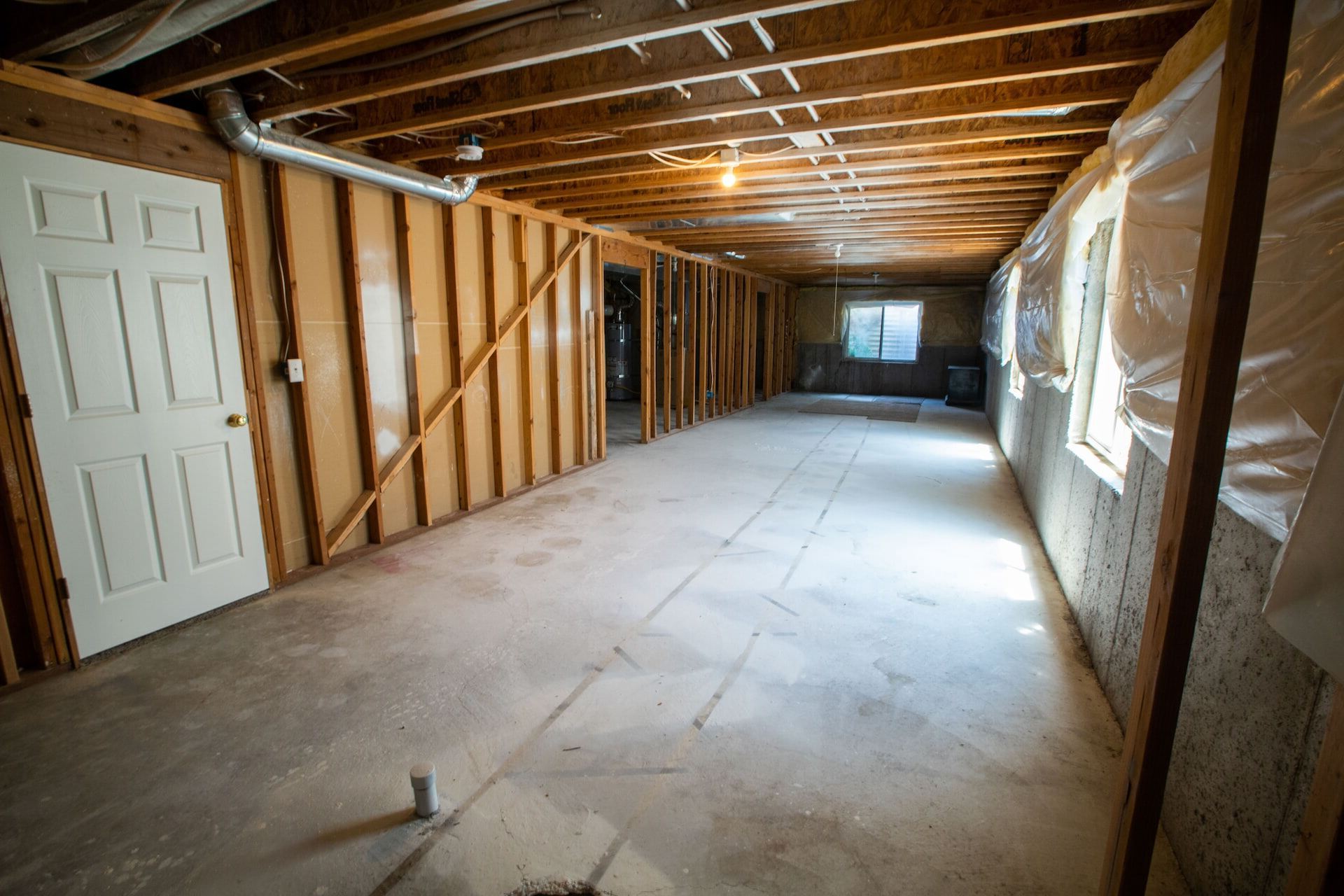
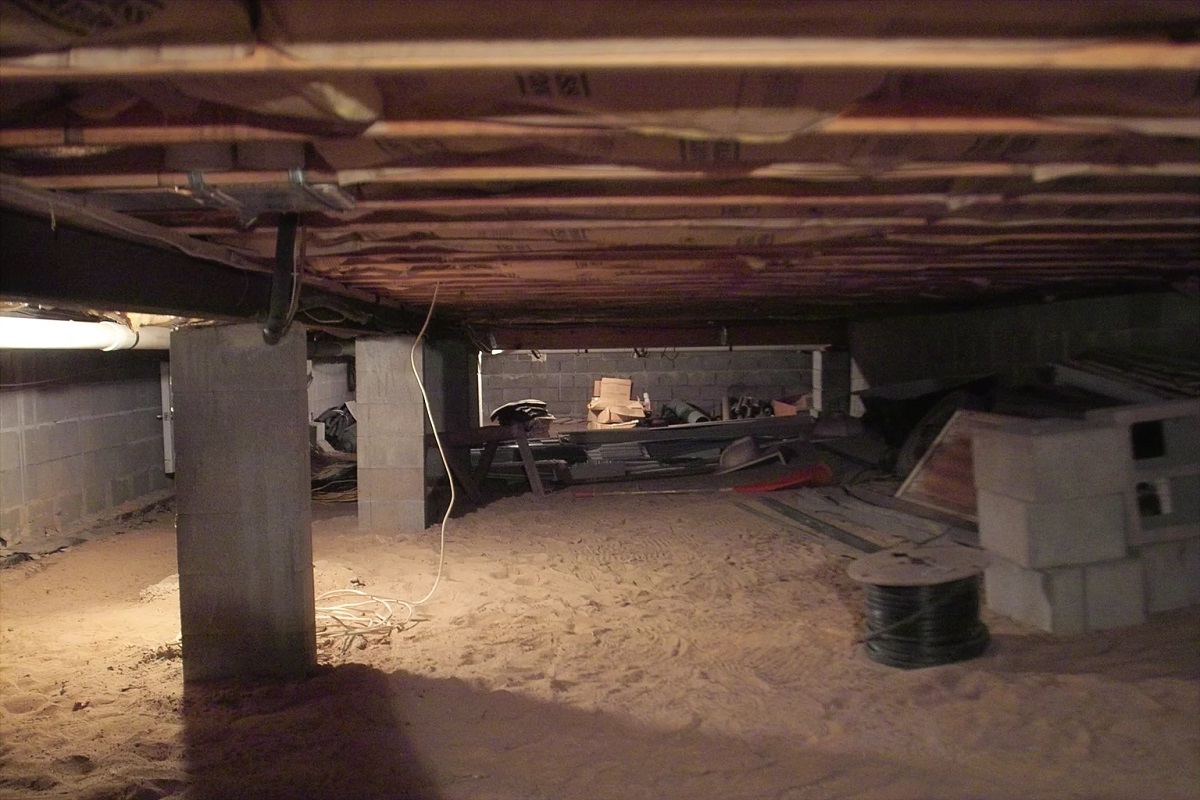
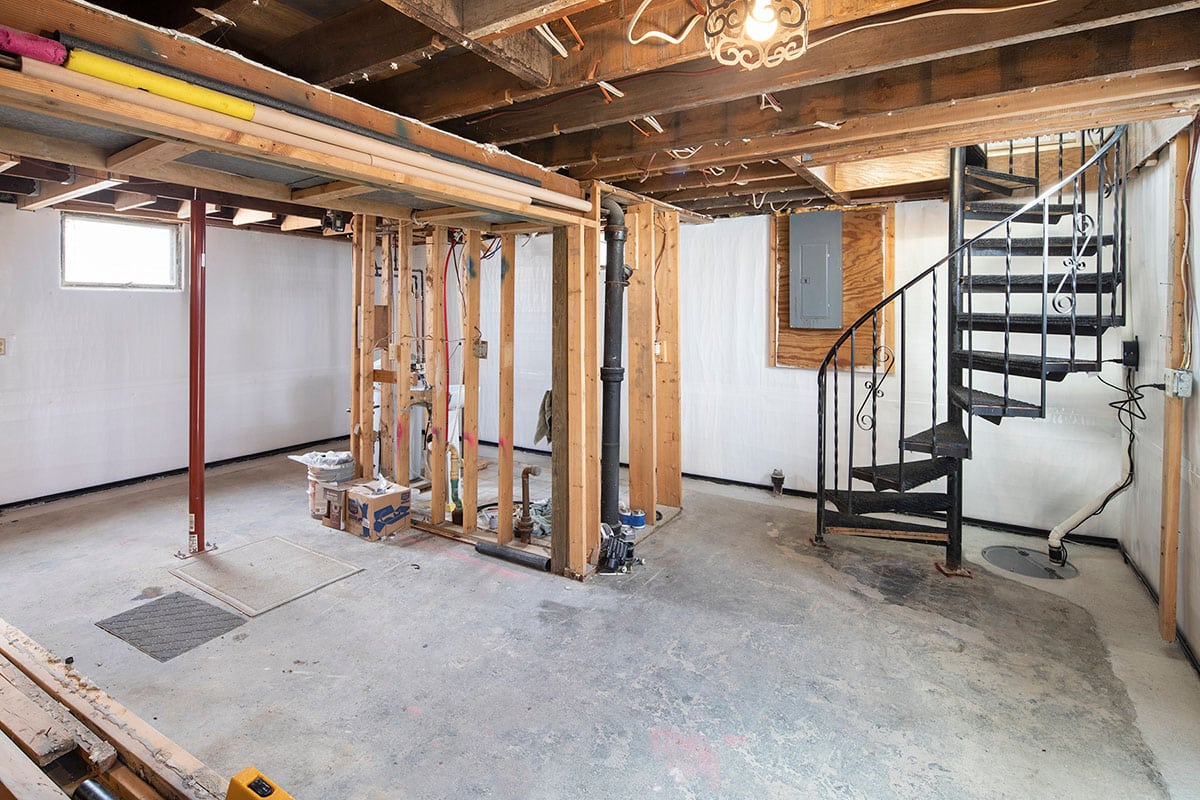
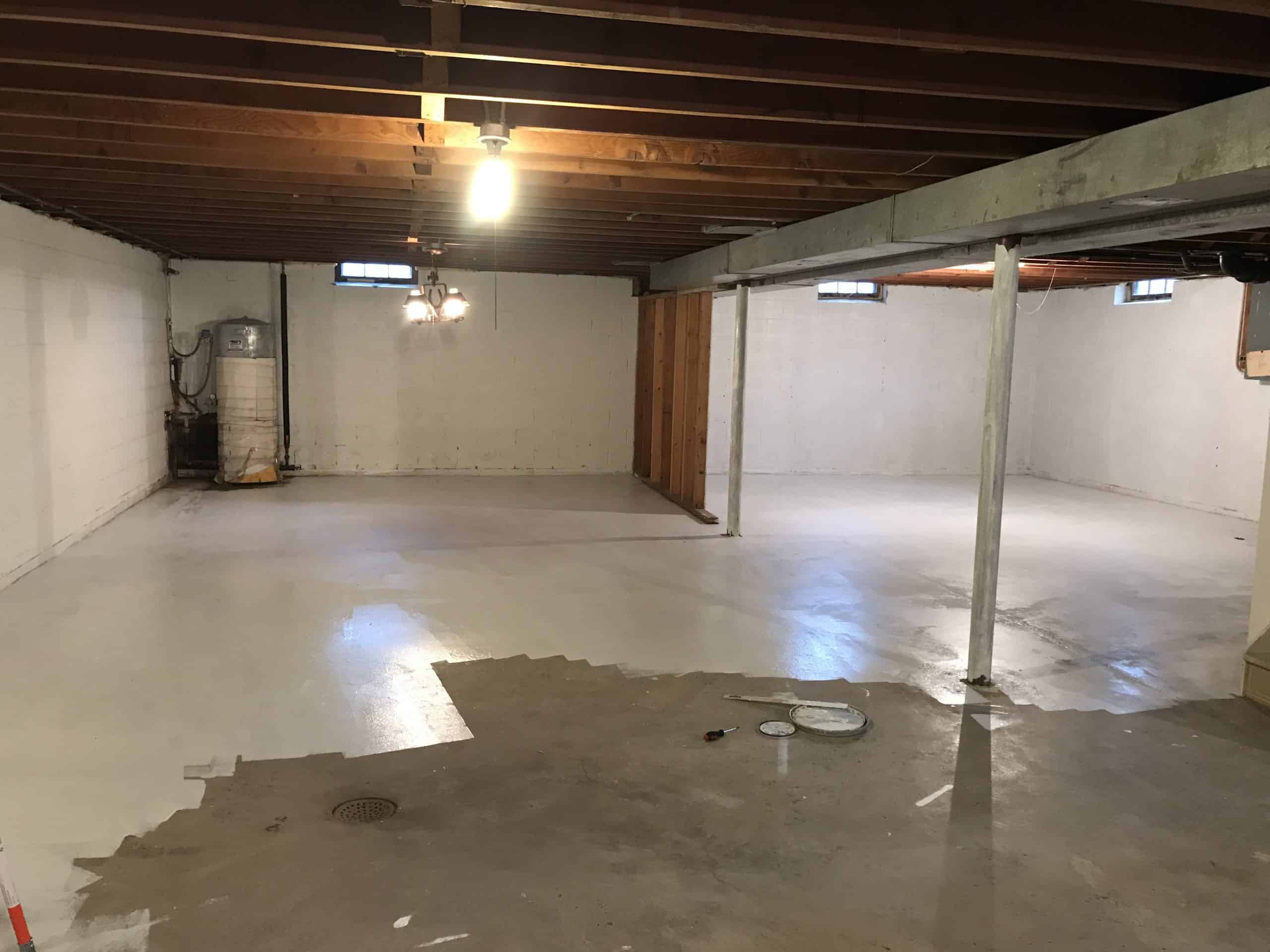

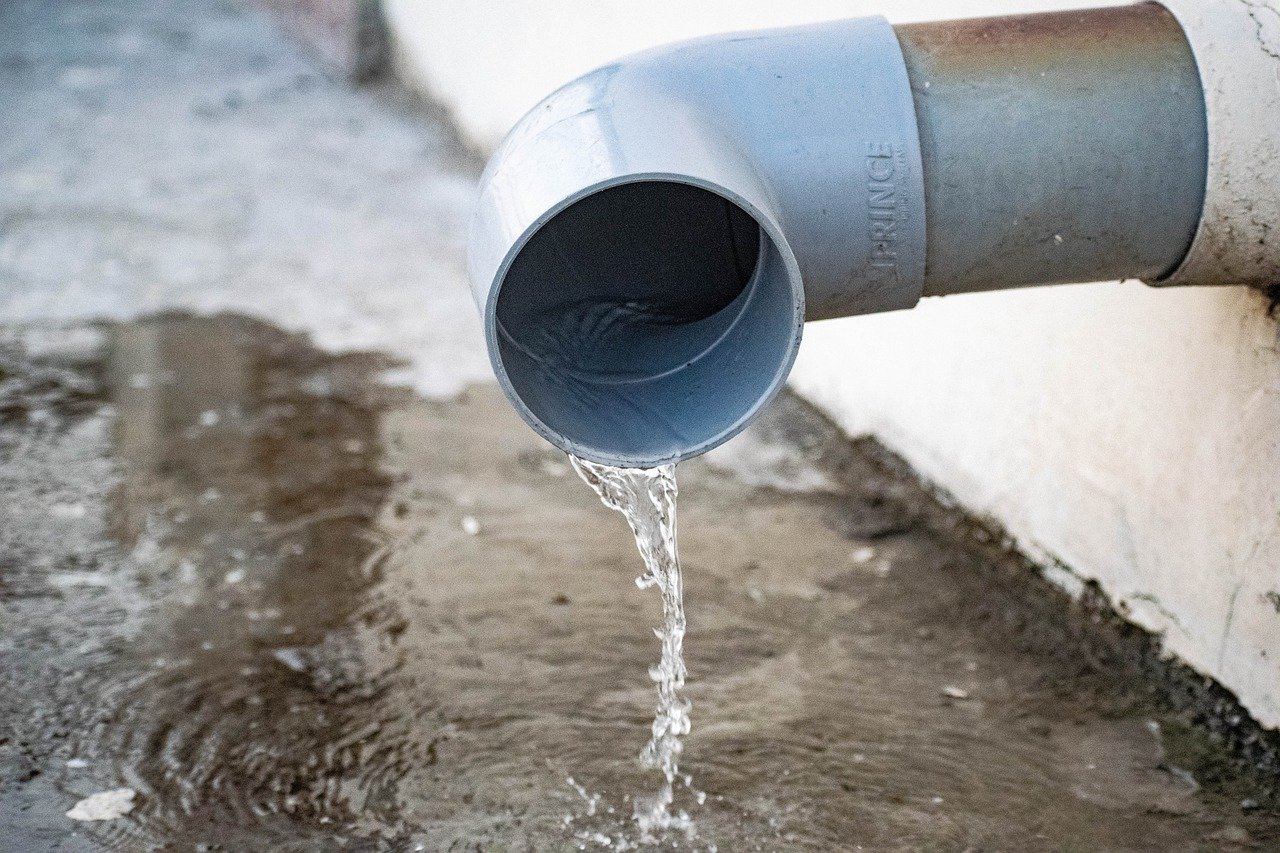
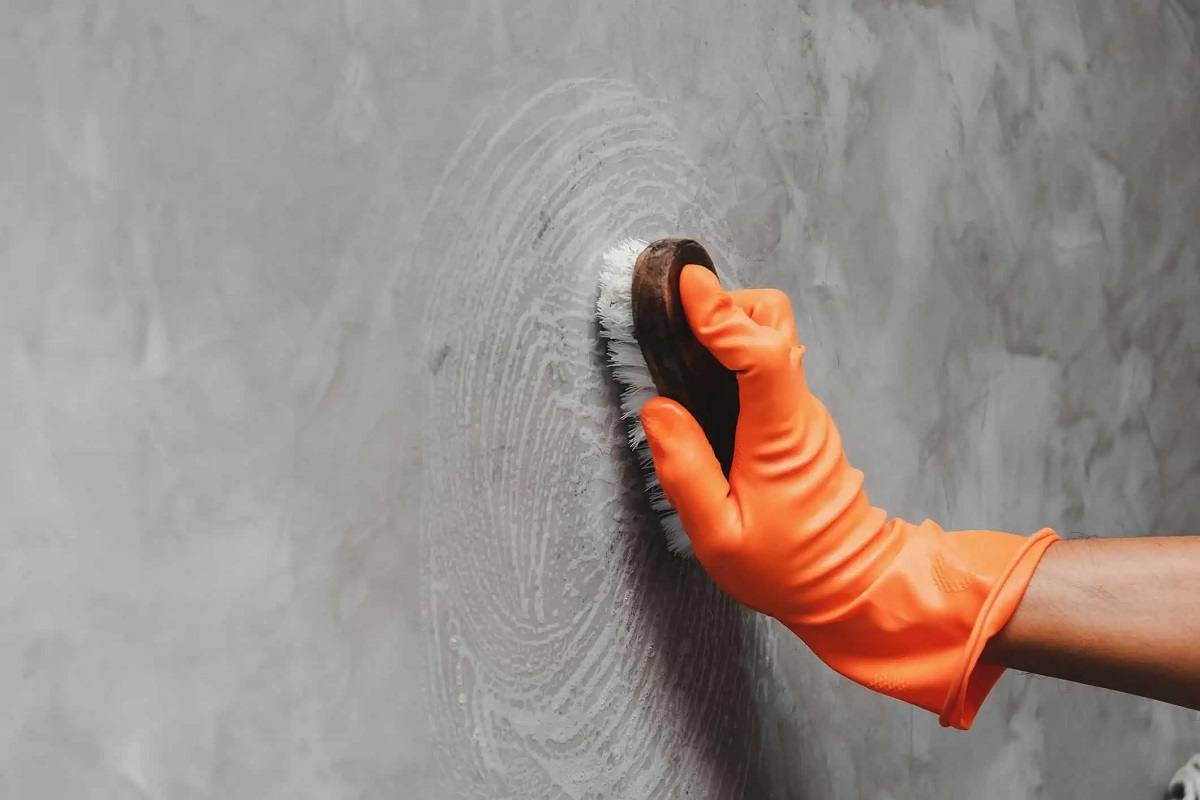
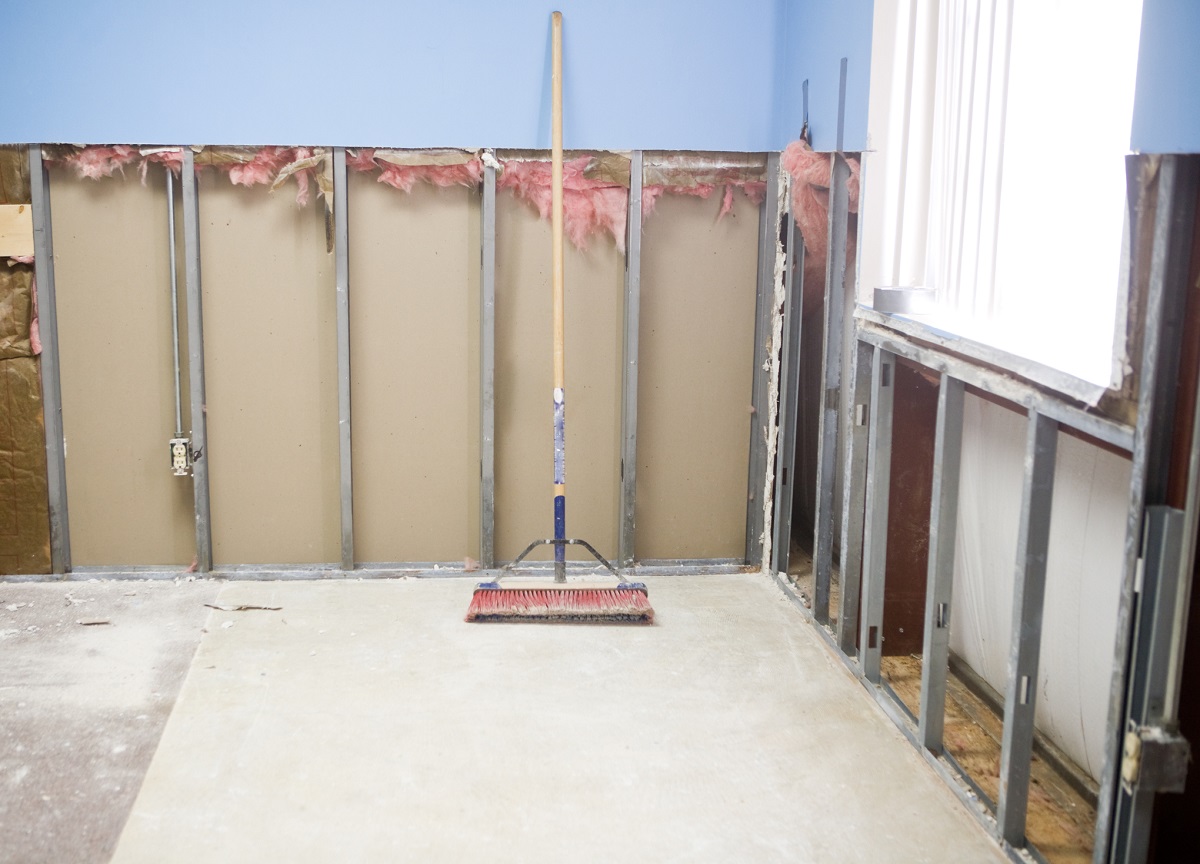

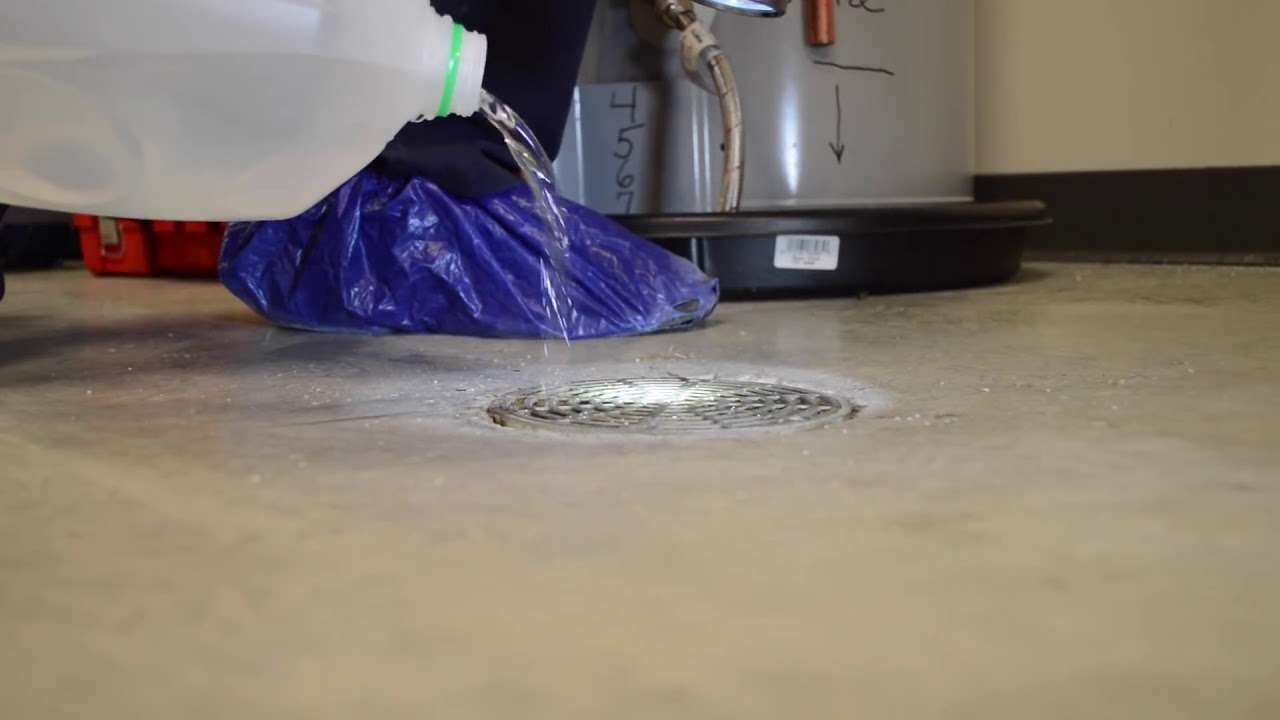
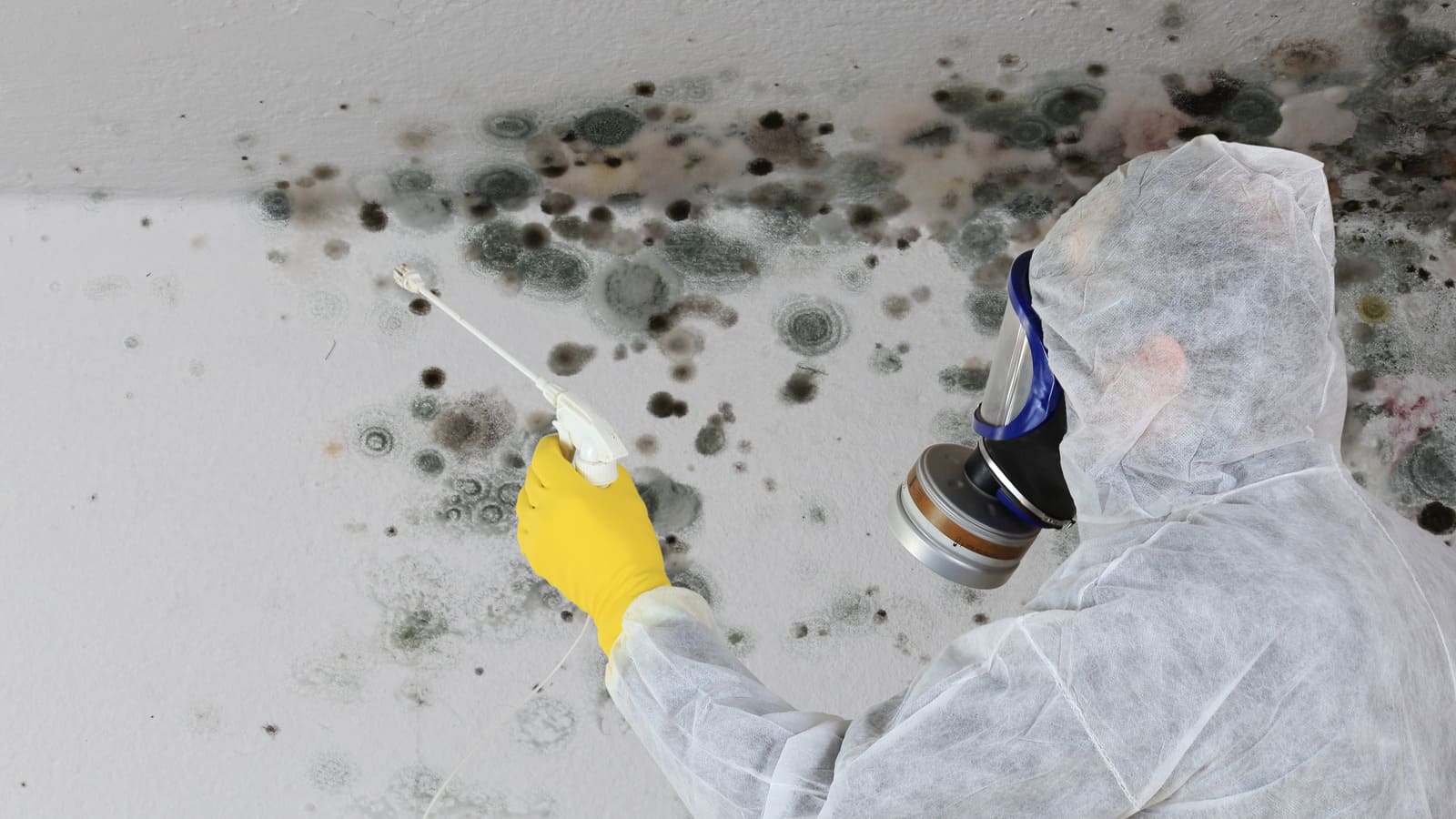
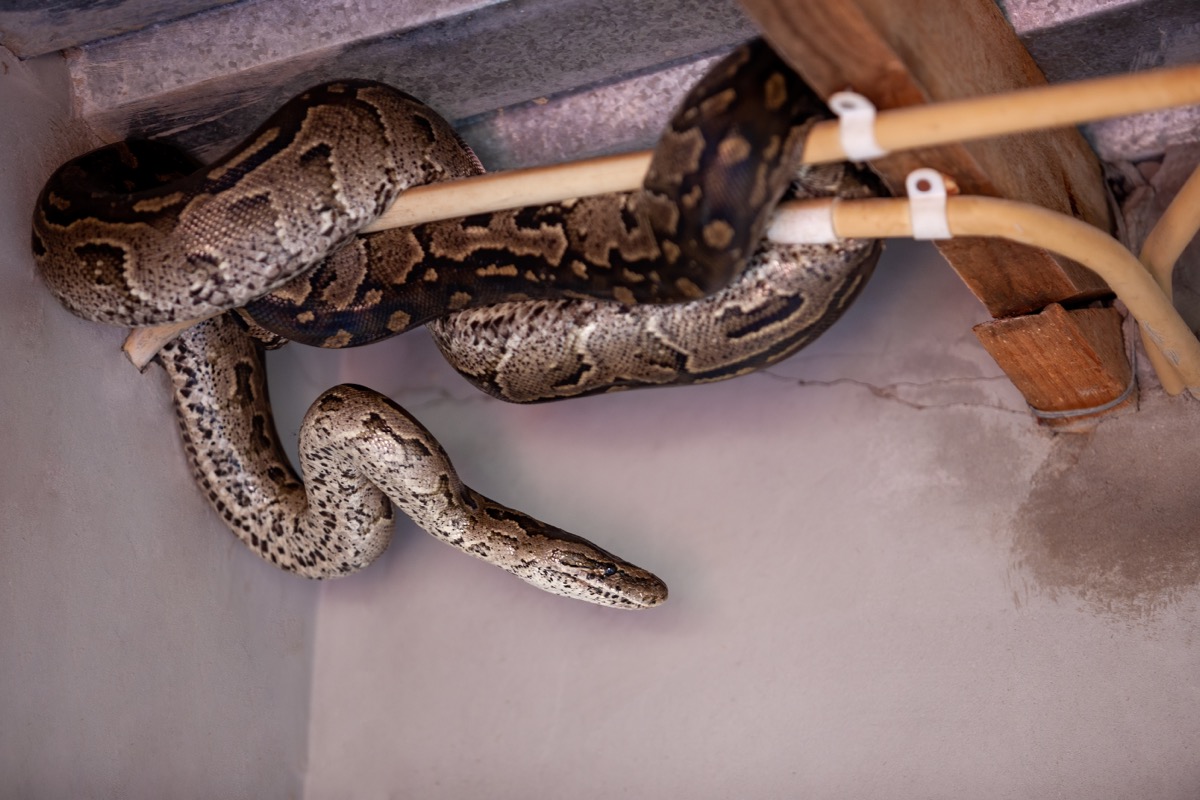
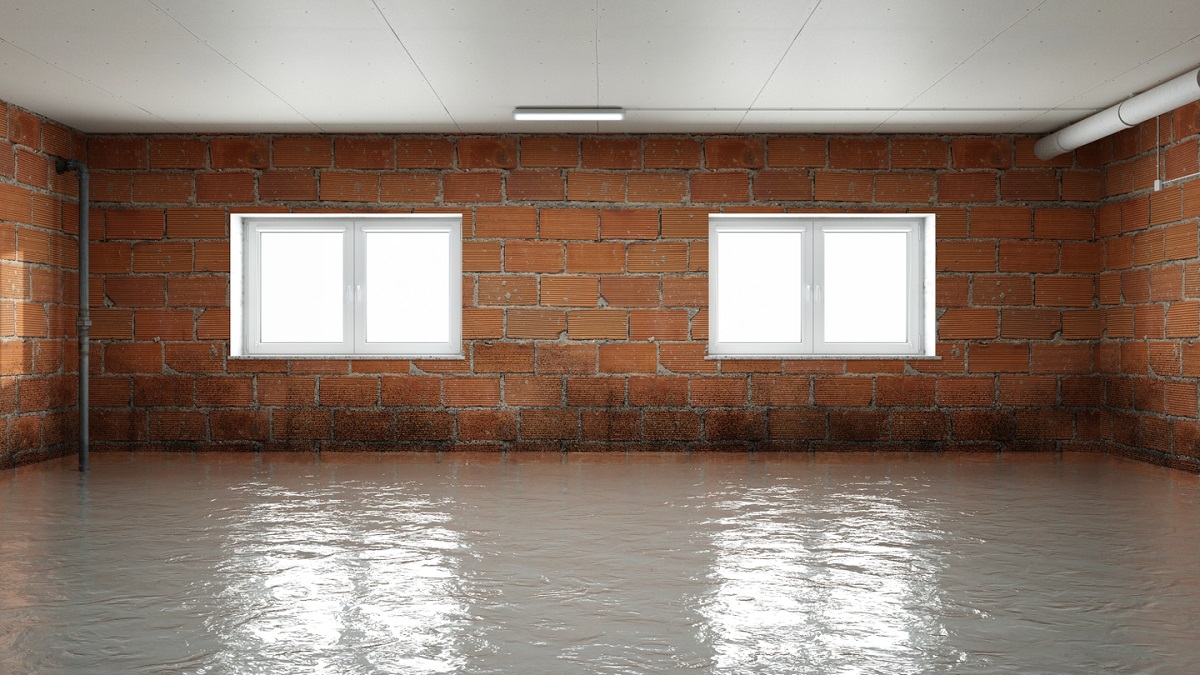

0 thoughts on “How To Clean Your Basement”